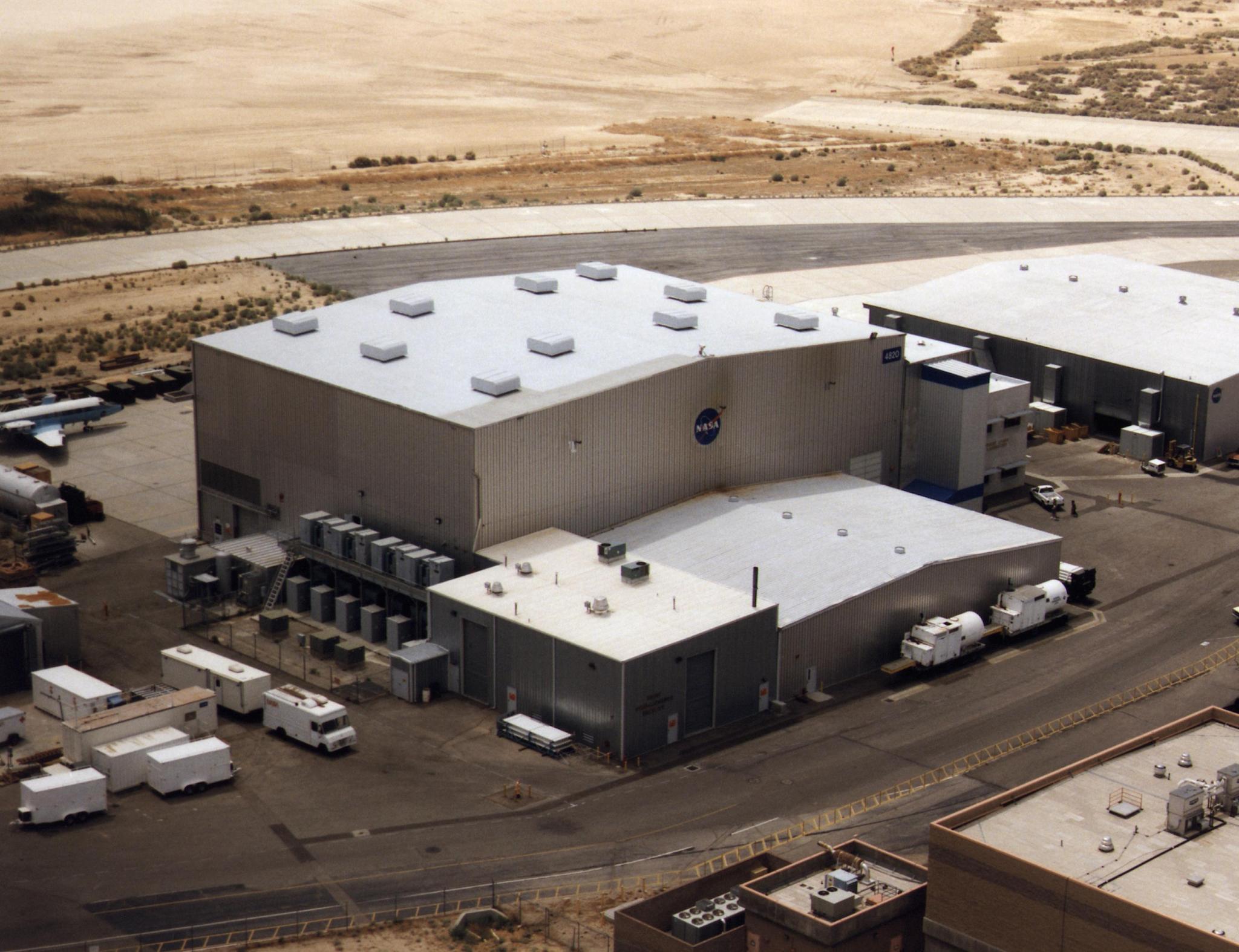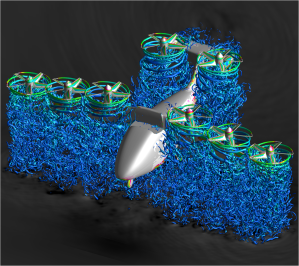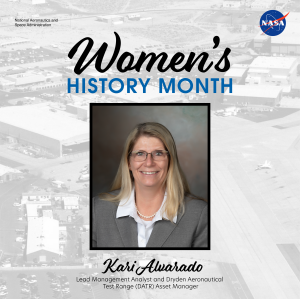The systems development laboratory staff has the responsibility of providing hardware and software systems which enable the FLL engineers and technicians to conduct their research. Because the research requirements are in a constant state of change, this group is continuously in a process of developing new systems which take advantage of the ever expanding technological environment. When unique, unprecedented measurement test requirements are identified, the group is responsible for developing the means to accomplish the task.
Data Acquisition and Control System
The FLL is also used to calibrate and evaluate flight loads instrumentation under the conditions expected in flight. The required testing is performed by the FLL’s data acquisition and control system (DACS). A major portion of the FLL’s third generation data acquisition and control system (DACS III) has been placed in service.
This system is being developed in phases through the combined effort of a team composed of both civil service and contractor personnel. The second phase, consisting of data acquisition, display functions, troubleshooting tools, recording and replay functions, is now fully operational. The accompanying diagram shows an overview of the DACS III configuration.
The DACS III provides enhanced capabilities that greatly increase productivity and efficiency. The data acquisition system consists of a series of networked computers and workstations linked in a manner to provide maximum flexibility. This system has been designed to prevent obsolescence by using industry standard components that can be easily replaced when newer versions are introduced.
An extensive use of Graphical User Interface (GUI) techniques simplifies test setup definitions (test scenarios) as well as test operations and troubleshooting. A minimum of two to three days were required to generate a scenario for a typical test using the previous DACS. Operators can now generate the same test scenario using the DACS III in two to three hours.
Basic Features
The Acquisition and Control Processor (ACP) is VME based using WindRiver’s Vxworks real time operating system. An installed IRIG-B interface card provides time stamping of sampled data. The data acquisition system is scaleable up to 1280 channels using multiple ACPs and provide scan rates varying from 10 to 160 samples per second.
This system has been designed for harsh electrical noise environments. All analog input sites are connected to the ACP through fiber optics cables reducing electro-magnetic interference. Each analog input module is an independent A/D converter that provides 16 bit data using the sigma-delta conversion method. All A/D modules feature 1500 volt isolation and normal mode rejection of 100db at 60Hz.
Each ACP provides local raw data recording and real time engineering units conversion. A key feature of the system is it’s ability to broadcast engineering units converted data over Ethernet. This data can be displayed throughout the lab on workstations and personal computers that are equipped with the appropriate display software and attached to the DACS network.
The Data Display System provides distributed real-time data displays with updates rates of 5 samples per second. Users can choose several displays that can be overlaid on the same screen. All display parameter entries are GUI driven. The following displays are available: alphanumeric, x-y plots, vector, bar graph, force-stiffness, and derived parameter. All display engineering workstations feature 21 inch monitors.
Control Engineering Workstations provide centralized control of test and recording processes for their associated ACPs. Calibration functions, troubleshooting, event displays and record control are all available from this station. The Main Control Computer provides the same features as the control workstation. It however, permits control of any, or, all of the ACP’s in the system.
The Recording Workstation is dedicated to recording the broadcast data from the acquisition and control processors. The recorded information is saved in a format that makes it available immediately following a test for evaluation using Armstrong developed plotting tools.
The Main Computer is used for processing raw or engineering units converted data logged during a test run. This computer also serves as the engine for all database functions.
One final feature worthy of note is the Test Replay option. Using this option, research engineers can replay portions, or, an entire test run following a test. This function permits the user to replay the test at 100% or less than the original broadcast speed. Full data display functions are available during replay. The user can generate displays that were not used during the original test run. This option permits the engineer to examine points of interests at a greater level of detail than what was available during the actual test run.
































